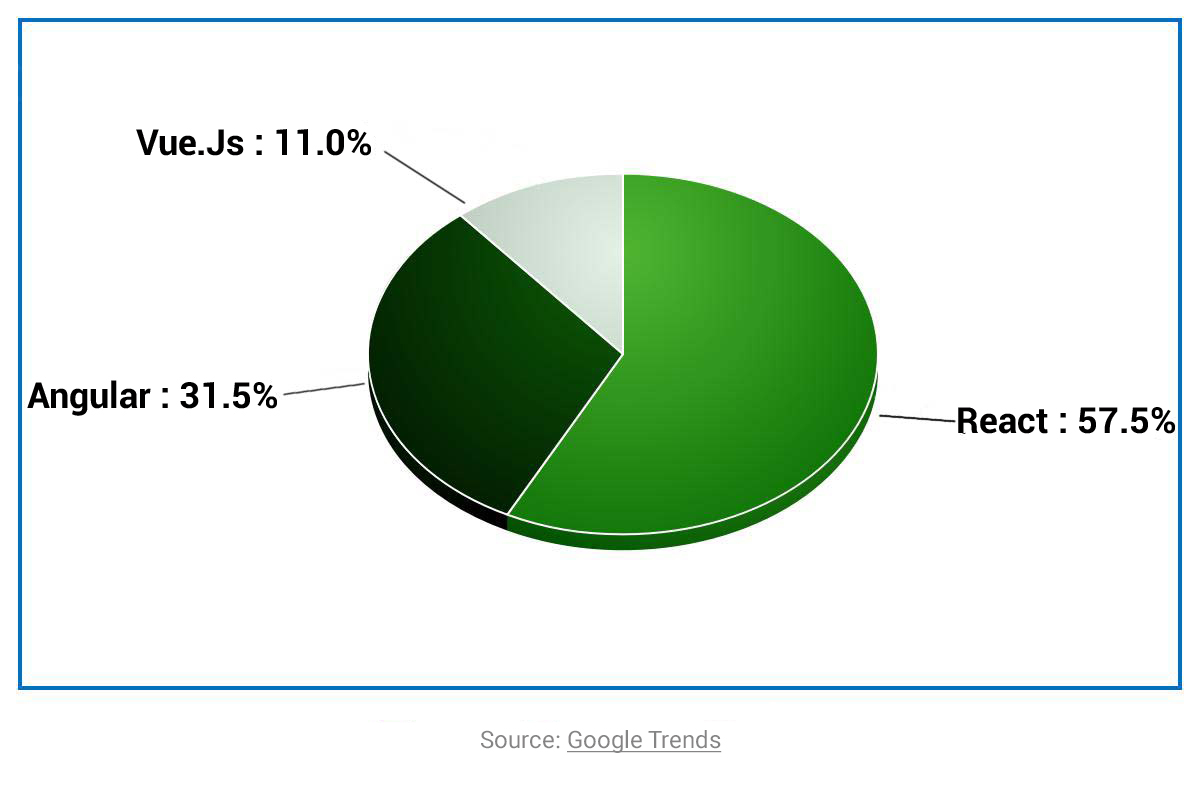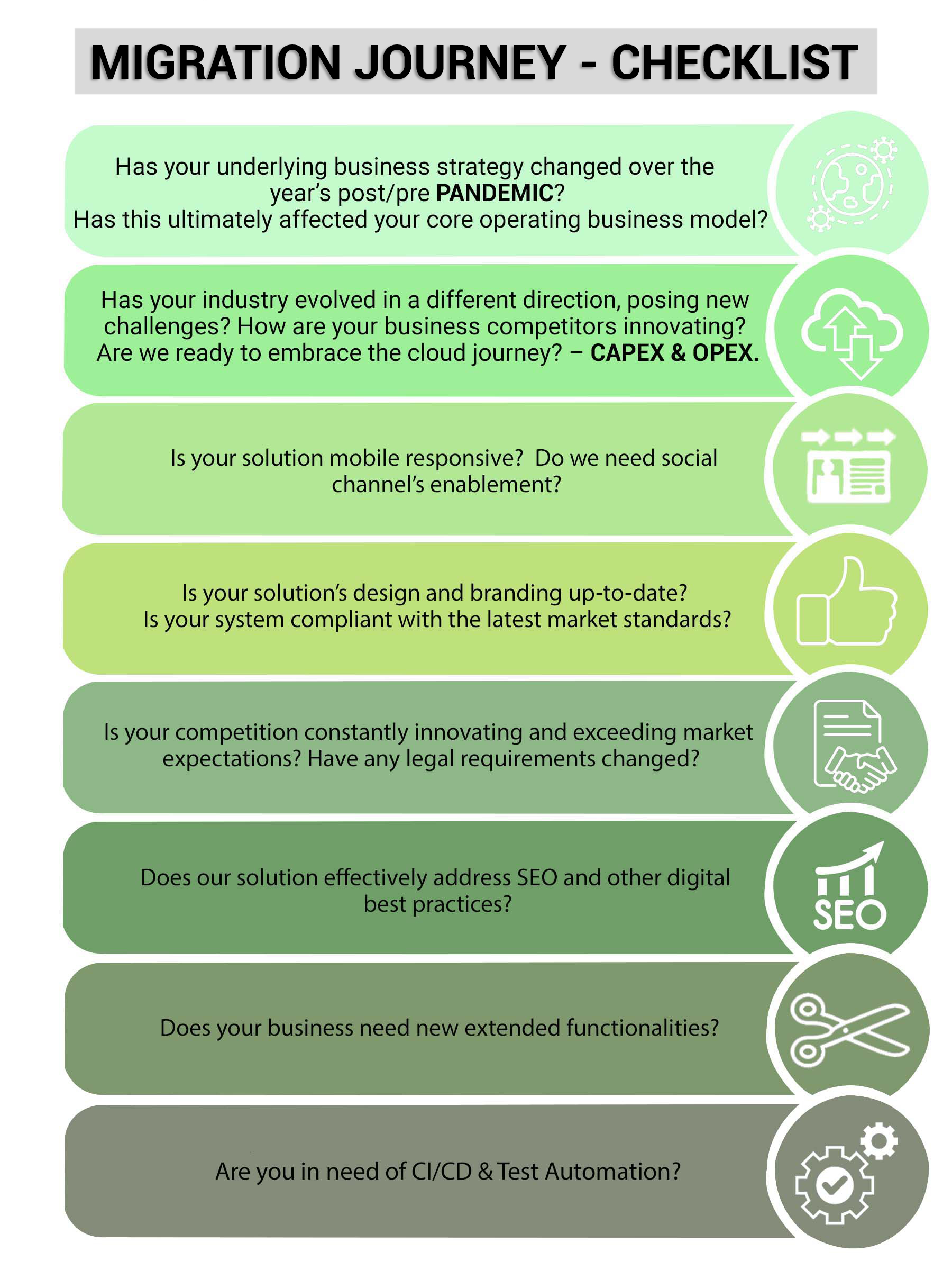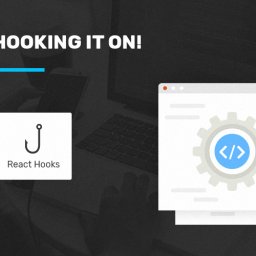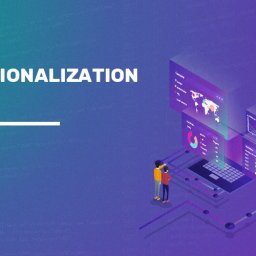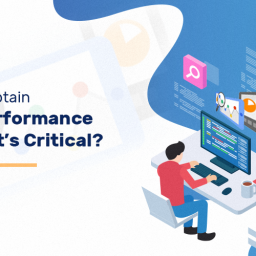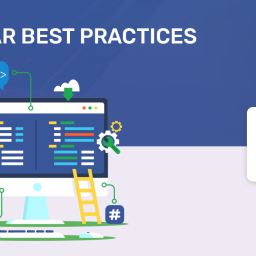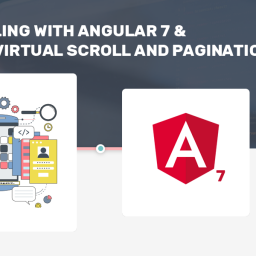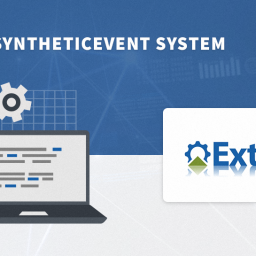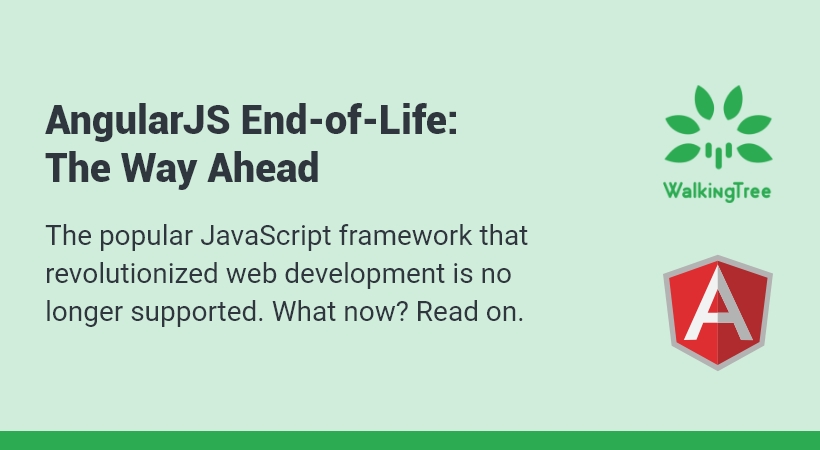
AngularJS support has ended, as of 31st Dec 2021. However, all AngularJS applications that work now, will continue to work in the future. If your application has a long-term future, the decision will ultimately have to be migration to a new open-source JavaScript framework that will continue to be maintained for the foreseeable future.
Google will not keep up with, maintain, update and provide patches to AngularJS. It will be your responsibility to determine security, browser compatibility, JQuery and some other issues on the platform.
AngularJS End-of-Life: How does it affect you?
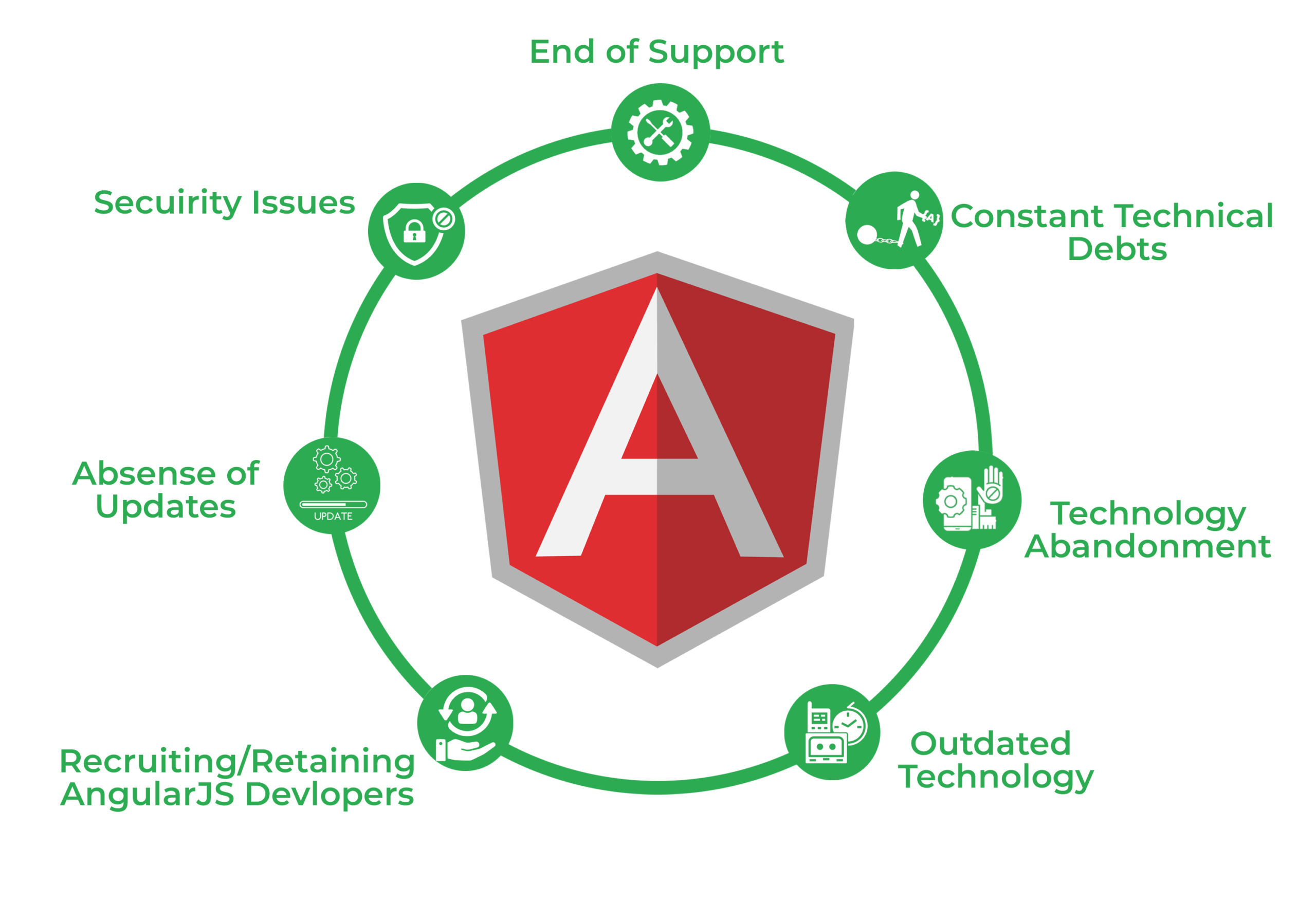
Hackers and other malicious actors can then exploit these weaknesses not only to gain access to your sensitive user data but also inject their own malicious scripts into the web applications to launch various types of attacks.
Recruiting/Retaining developers and holding the old group: Retaining/Recruiting AngularJS developers would be a challenge as the existing AngularJS developers keep upgrading/shifting to new technologies.
Added to this is the fact that developers are moving away from AngularJS to new up-to-date technologies.
Considering the above scenarios, let’s take a look at the different options we have to ensure the continuity of these apps.
Starting off with some of the common trade-offs vis–a- vis Upgrading/Migration versus adopting a Complete Rewrite.
- Upgrading/Migration
High costs are associated with migrating and rewriting your system “as is”. More often to accelerate the migration process, we tend to reuse existing code as much code as possible thereby carrying forward the same mistakes/limitations onto the new system. This results in a “new” system that functions in “old” ways.
The system continues to have similar inferior quality code, high costs, complexity and low maintainability.
- Complete Rewrite
In our opinion, we should approach your old system differently and consider building a new solution that is more scalable, secure, redundant, fault-tolerant and robust.
Please also refer to the other business driving factors below in “CheckList”.
AngularJS is not the only choice for new web applications. We strongly recommend rewriting your system considering other modern technology landscapes as well.
- Continuing with AngularJS
On the off chance migration isn’t an option as of now, then you can keep on depending on AngularJS. AngularJS has been a steady technology for front-end development and can meet essential needs.
Whilst the “public”, OEM backed support to the library repository itself has ended at the end of 2021, many vendors and development houses have heavily invested in the library and with innumerable AngularJS projects developed for the web, so it will not be vanishing any time soon.
The advanced open-source, adaptable nature and steady expectation to learn and adapt have made it a top choice among many. Just as its capacity to run on the LAMP stack with no particular front end heavy requirements or build processes.
At WalkingTree we can help advise on the correct steps moving forward for your AngularJS application.
We will continue support and development with AngularJS applications. Having designed and developed countless projects over AngularJS’ lifetime, we have an immense knowledge of the syntax and the edge cases that can be satisfied around it. We will patch our repository of the library with security, browser compatibility and latest JQuery integration updates.
It’s important to ensure businesses do not feel pressured into migrating to a new framework that may not be the right solution for them. Assuming, the correct step is to migrate to an alternative JavaScript framework, then we can work with you to map out a phased planned transition to smooth out capital investment and to reduce the risks involved in any technology migration.
If you have questions surrounding AngularJS support, customizations or development, get in touch with one of our experts today.
Below are the market usage trends which can help influence our choice of a new technology landscape.
Moving to a Typescript framework like Angular ( https://angular.io/ ) could also be well considered taking into account the existing developer affinity, should our existing systems are already on AngularJS.
Migration Journey – CheckList
Below mentioned are few of the factors that can be considered, helping influence our business decision to start/encompass our journey on a new system.
Our Recommendations
1. Angular
Angular is one of the most popular Typescript frameworks and is used by companies such as Paypal, Upwork, Nike, Google, Sony, HBO and many more. The Google developed web application was released in 2009 with the name of AngularJS. But the second version of the framework was renamed Angular, which was initially released in 2014, and went into different previews to reach full release in 2016. The latest version of Angular is 13 released in Nov 2021, which focuses more on the toolchain and less on the underlying framework. Angular’s popularity is increasing by the day.
2. React
Ever since its release, React has been a well known JavaScript library and has been a decision for some. Delivered in 2013 and kept up with by Facebook, React was essentially evolved to fabricate UIs. It has turned into an essential choice for some developers, who pick React over AngularJS as it is not difficult to learn, significantly more adaptable, has a high update rate, a lightweight and backing from Facebook to back out the most common way of migrating between various variants of versions. Because of these elements, organizations, for example, Netflix, Hurray, Codecademy, Whatsapp and numerous others have opted for React.
3. Sencha Ext JS
Sencha Ext JS is an application system used to construct intelligent web applications for multiple platforms. While it is a full framework to construct single-page applications, it can likewise be utilized as a minimal component framework to make dynamic grids on static pages. Despite the fact that it was made as an add-on library extension in 2007, more current versions diminish dependencies on external libraries and make their utilization non-obligatory. Most recent updates empower the framework to be utilized both as a supplement for application building with Sencha Cmd.
How we can help
There is no doubt of whether to move, rather than when and how. Assuming that you need your application to run better and faster and your features to be easy to implement, this shift is important.
Ideally, this article has represented the various choices accessible for you. However, if the process seems strenuous to you, reach out to the experts – us!
Our team can help you create a plan and work together to execute it. Figuring out how chunks of your code need to be rewritten, is itself a difficult process, and requires deep expertise in both AngularJS and the framework of your choice. Assuming your team doesn’t have this ability, our experts won’t just make your arrangement/plan, yet we’ll step up partnering with them in the process of creating the plan, executing it and ensuring they have the skills for ongoing maintenance and upgrades once our plan is executed.
